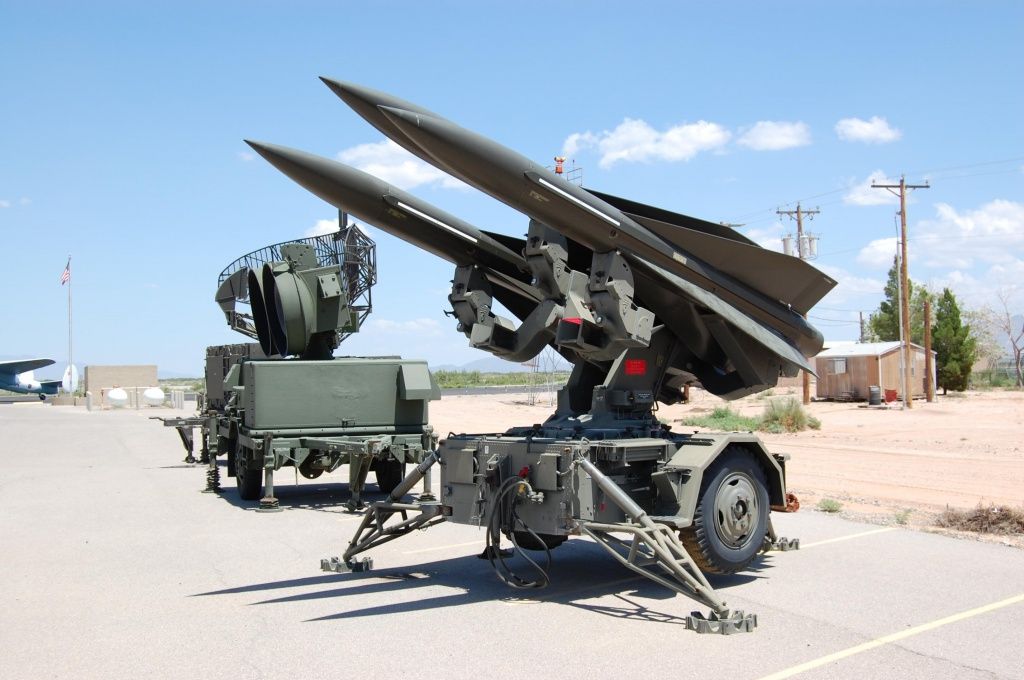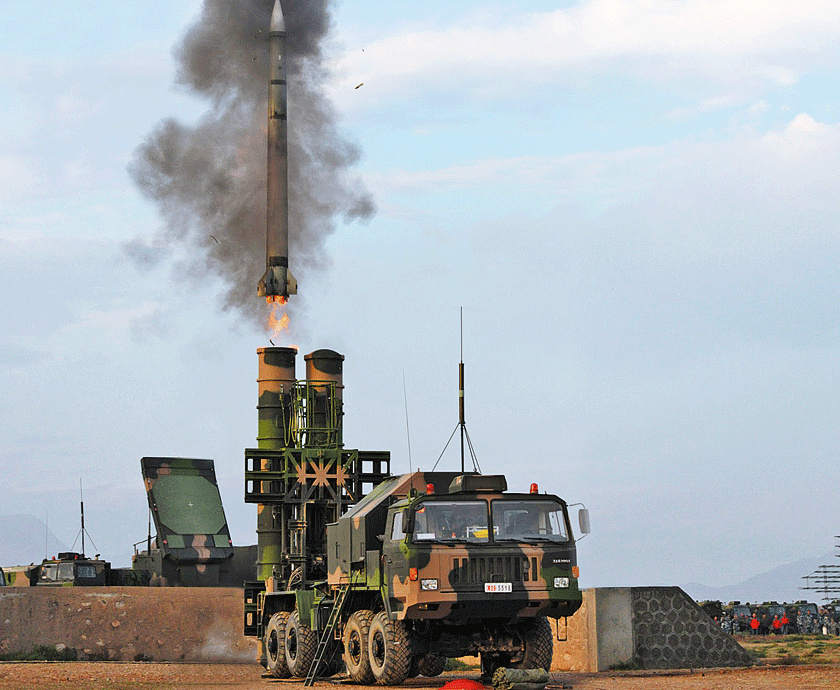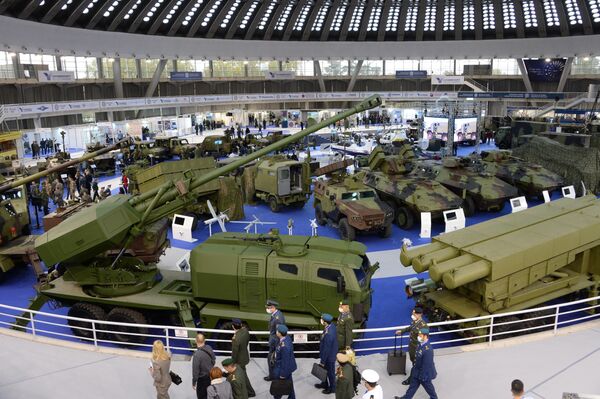
New Chinese weapons and air defenses Vol. one

Rocket launch from the launcher of the HQ-9 system. In the background is the antenna of a multifunctional radar station.
The air defense of the People's Liberation Army of China, as well as weapons and air defense equipment produced by the Chinese defense industry with an eye on foreign recipients, are still a little-known topic. In 1949, when the People's Republic of China was founded, there was no Chinese air defense at all. The few batteries of Japanese anti-aircraft guns that remained in the area of Shanghai and Manchuria were incomplete and obsolete, and the guomintango troops took their equipment to Taiwan. The air defense units of the People's Liberation Army of China were symbolic in both quantitative and qualitative terms, and consisted mainly of Soviet heavy machine guns and pre-war cannons.
The expansion of the air defense of the Chinese armed forces was accelerated by the Korean War, the expansion of which into the territory of mainland China seemed quite likely. Therefore, the USSR hastily provided artillery and radar equipment for target detection and fire control. Very early, in 1958-1959, the first anti-aircraft missile squadrons appeared in China - these were five SA-75 Dvina complexes, which were controlled by Soviet personnel. Already on October 7, 1959, an RB-11D reconnaissance aircraft that had taken off from Taiwan was shot down by an 57D missile of this system near Beijing. Only six months later, on May 1, 1960, a U-2 piloted by Francis G. Powers was shot down over Sverdlovsk in the USSR. In subsequent years, at least five more U-2s were shot down over China.

Launcher HQ-9 in the stowed position.
Under a technical cooperation agreement signed in October 1957, the PRC received full production documentation for 11D guided missiles and SA-75 radar equipment, but before their production began at factories built by Soviet specialists, political relations between the two countries deteriorated sharply, and in 1960 were actually violated, which led, among other things, to the withdrawal of Soviet personnel, further cooperation was out of the question. Therefore, further options for the development of the SA-75 system, the S-125 Neva system, or the means of anti-aircraft missile defense of the ground forces, implemented in the USSR in the first half of the 60s, did not go to China. -75 under the name HQ-2 (HongQi - Red Banner) began only in the 70s (official acceptance into service took place in 1967) and until the turn of the 80s and 90s was the only type of anti-aircraft missile system used in a larger scale air defense forces CHALV. There is no reliable data on the number of systems (squadron kits) produced, according to available data, there were more than 150 of them (about 1000 launchers).
If at the beginning of the 50st century the support of anti-aircraft missile systems, designed in the USSR in the mid-1957s and produced since 80, testified to the desperate backwardness of the People's Liberation Army of China, then the situation in the field of air defense of the ground forces was almost tragic. Until the end of the 2s, there were no modern self-propelled artillery installations in the OPL of the Ground Forces of the CHALV, and copies of the Soviet Strel-5M (KhN-7) were the dominant missile armament. Slightly more modern equipment was only HQ-80 launchers, i.e. produced since the second half of the 80s as a result of the “silent” transfer of the French license to Crotale. However, there were very few of them. At first, only a few systems delivered from France were operated, and the production of their clones on a larger scale began only at the turn of the 90s and 20s, i.e. almost XNUMX years after the French prototype.
Attempts to independently design anti-aircraft systems generally ended in failure, and the only exception was the KS-1 system, whose missiles can be considered something in between the American HAWK system and the second stage of the 11D rocket for SA -75. The first KS-1s were supposedly built in the 80s (the first firing will take place in 1989), but their production was launched only in 2007 and in small quantities.
The situation changed radically after the resumption of military-technical cooperation with the USSR, and then with the Russian Federation in the late 80s. The S-300PMU-1 / -2 and Tor-M1 complexes, the shipborne S-300FM, as well as Shtil and Shtil-1 with 9M38 and 9M317E missiles were purchased there. China has also provided financial support for work on the 9M317M/ME vertical-launch missiles for the Shtil-1 and Buk-M3 systems. With the tacit consent of the Russian side, all of them were copied (!) And the production of their own systems, more or less similar to the Soviet / Russian originals, was started.
After decades of “restraint” in the field of building anti-aircraft systems and missiles aimed at them, over the past ten years, the PRC has created a huge number of them - much more than common sense and any domestic and export needs dictate. There are many indications that most of them are not mass-produced, even on a very limited scale. Of course, it cannot be ruled out that there is still a long process of improving solutions and choosing the most promising structures and those that are suitable in terms of the requirements set by the FALS.
Currently, in the linear parts of the defense industry there are HQ-9 complexes - copies of the S-300PMU-1, HQ-16 - "reduced S-300P" with 9M317 missiles, and recently also the first HQ-22 missiles. The KS-1 and HQ-64 are also very little used. The air defense of the ground forces uses HQ-17 - copies of the "Tracks" and numerous portable launchers of several types.
The best opportunity to get acquainted with the novelties of Chinese air defense are the exhibition halls in Zhuhai, organized every two years and combining the aero-rocket-space exhibition characteristic of world events with similar names with an extensive exposition of weapons of all types. troops. Thanks to this profile, the entire range of anti-aircraft weapons can be presented in one place, from classical artillery, through rocket weapons, radar equipment, and ending with a variety of anti-drones, including combat lasers. The only challenge is to determine which equipment designs are already in production, which are undergoing extensive field testing, and which are prototypes or technology demonstrators. Some of them are presented in the form of more or less simplified layouts, which does not mean that there are no working analogues.
